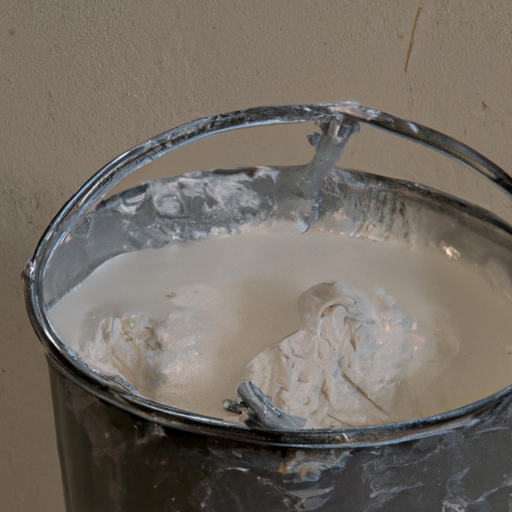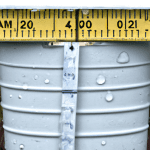Is Drywall Mud Good After Freezing? Exploring Its Effectiveness
Drywall mud, also known as joint compound, is a crucial component in the process of finishing drywall surfaces. It is used to fill in gaps, smooth out imperfections, and create a seamless finish. However, if you live in an area with cold temperatures, you may have wondered whether freezing temperatures affect the effectiveness of drywall mud. In this article, we will explore the impact of freezing on drywall mud and determine whether it remains good to use after being exposed to freezing temperatures.
Understanding Drywall Mud
Drywall mud is a mixture of gypsum powder, water, and various additives. It is typically sold in pre-mixed form or as a powder that needs to be mixed with water before use. The consistency of drywall mud can vary depending on the specific application, ranging from thin and runny to thick and paste-like.
The Effect of Freezing on Drywall Mud
Freezing temperatures can potentially alter the properties of drywall mud. When exposed to freezing temperatures, the water content in the mud can freeze and expand. This expansion can cause the mixture to separate, resulting in a grainy texture and inconsistent application. Additionally, freezing can affect the overall adhesion and workability of the mud, making it more challenging to achieve a smooth finish.
Assessing the Quality of Frozen Drywall Mud
If you have drywall mud that has been exposed to freezing temperatures, it is essential to assess its quality before using it. Start by inspecting the consistency and texture of the mud. If it appears grainy or lumpy, it is likely that the freezing has affected its effectiveness. Additionally, check for any signs of separation or clumping in the mixture.
To further evaluate the quality, mix a small amount of the frozen mud with water and apply it to a scrap piece of drywall. Observe how well it adheres to the surface and whether it can be easily spread and smoothed out. If the mud does not adhere well or is difficult to work with, it is best to discard it and use fresh, unfrozen mud for your project.
Preventing Freezing of Drywall Mud
To avoid the negative effects of freezing on drywall mud, it is crucial to store it properly. Keep the mud in a temperature-controlled environment, ideally above freezing temperatures. If you need to transport the mud during cold weather, ensure it is adequately insulated and protected from freezing.
Conclusion
In conclusion, freezing temperatures can indeed impact the effectiveness of drywall mud. The expansion caused by freezing can lead to a grainy texture, separation, and reduced workability. It is important to assess the quality of frozen drywall mud before using it and discard any that show signs of damage. To prevent freezing, store drywall mud in a temperature-controlled environment. By following these guidelines, you can ensure that your drywall finishing projects are completed with the best possible results.




